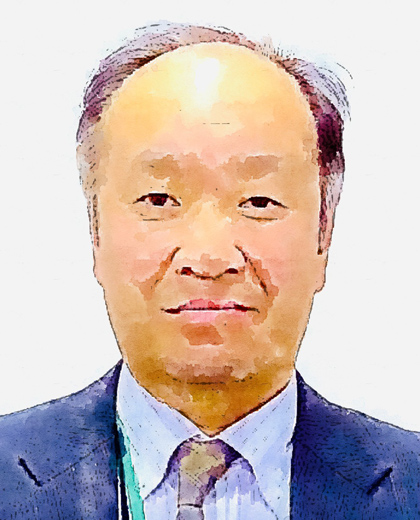主要研究員紹介
私たちは、情報通信分野の技術を中心として、広い視野をもって時代を先取りした提案をしていく「他にない特色をもった、定評のある中堅のシンクタンク」を目指しています。
メンバ構成は、シニア技術者が多くを占めていますが、30代、40代の人たちも増え、厚い層を形成しつつあり、より質の高いサービスを安定的に提供できるようになったと自負しています。
サイバー創研は、まさに人そのものが資本の会社です。
一人ひとりが専門性を十分に発揮することはもとより、多彩な専門家の協働から生まれるシナジー効果によって、新たな価値を創造していきたいと考えています。


飯塚 正孝
IIZUKA MASATAKA
調査研究事業部
- ・NTTワイヤレスシステム研究所
- ・NTT情報流通基盤総合研究所
- ・NTTネットワークサービスシステム研究所
- ・NTTアクセスサービスシステム研究所
無線LAN、固定/移動系無線通信システムの技術調査・コンサル
主に各種技術の動向調査を担当していますが、他にもご支援させていただけることに前向きに取り組みます。どうぞお問合せください。


杉浦 淳之介
SUGIURA JUNNOSUKE
知的財産事業部門
- ・富士通総研 公共事業部
新たな技術の出口づくり、知財活用、標準化活動、研究開発マネジメントなど、技術の理解やデータ分析に基づいて、価値判断や戦略・政策検討、競争力評価、分析、動向調査などを行う技術経営・政策の分野。
これまでの業務の中で、画像/映像/音声/言語などのメディア処理、AI/IoTなどの情報処理、量子情報技術、炭素材料、バイオインフォマティックス、ブロックチェーン、フィンテック、スポーツテック、スマート物流、ナッジなど、幅広い分野に対応し、お客様の期待に応えてまいりました。新たな分野にも柔軟に対応できると思いますので、是非お声がけください。


三宅 武司
MIYAKE TAKESHI
エンジニアリング事業部門 主幹コンサルタント (兼)情報管理室
- ・NTT ソフトウェア研究所 基礎技術研究部
- ・NTT 東日本 法人営業本部
- ・NTT サービスインテグレーション研究所 ソフトウェア開発管理研究部
- ・NTT ソフトウェアイノベーションセンタ ソフトウエア開発技術研究部
ソフトウェア品質管理技術およびソフトウェア開発プロセス関連のコンサル
AIプログラム開発の品質マネジメント技術をテーマとする研究開発の国家プロジェクトに取り組んでおり、日本のAI業界の質の向上に貢献できる仕事に誇りを感じています。


中谷 かおり
NAKATANI KAORI
環境事業推進部門 兼 調査研究事業部門
- ・アパレル企業 マーチャンダイジング部門
- ・SI企業 社長室(秘書)
- ・SI企業 ソフトウェアインストラクター
- ・SI企業 企画・広報部門
- ・電機系総合商社 品質保証部門
PC/ソフトウェア オペレーション
国プロの経理面からプロジェクト推進や有識者会議開催などのご支援をしています。
担当者の皆さまに受託事業をスムーズに進めて頂けるような支援を心掛けています。
環境省委託事業では事務処理全般と一部事業関連のお手伝いもしています。
これまでの業務経験を活かした支援ができるよう取り組む日々です。
趣味は美術館巡り、映画・舞台鑑賞、手芸、散歩です。
